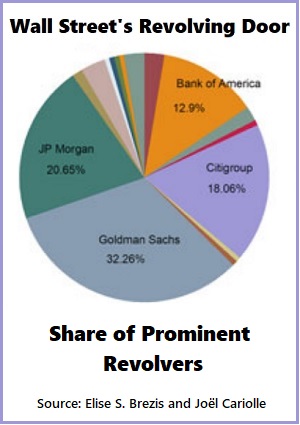Rich don’t outlive poor by that much, study finds... but gap is growing

New research conducted in Denmark challenges the prevailing wisdom that the world’s rich vastly outlive the poor, a premise apparently based on faulty reasoning as the two are not rigidly fixed groups.
Three economists from the University of Copenhagen’s Center for Economic Behavior and Inequality (CEBI) published their new findings in the area of life expectancy as it relates to wealth, which takes economic mobility, both up and downward, into account. The researchers say this approach provides “a more realistic way to calculate life expectancy for people from different levels of society.”
Previous research conducted by a team from Harvard, found that, on average, high-income earners at 40 years of age could expect to live 6.5 years longer than low-income individuals.
However, their methodology assumed wealth stability or stagnation, but over a 10-year period up to 50 percent of the poorest people moved into higher earning groups while half of the previous wealthier earners came down, thus skewing the mortality statistics.
Claus Thustrup Kreiner, Torben Heien Nielsen, and Benjamin Ly Serena of CEBI used a classic model of social mobility to account for this shift in earnings versus life expectancy.
"Our results reveal that inequality in life expectancy is significantly exaggerated when not accounting for mobility… by mismeasuring this type of inequality, we get to misleading conclusions about the cost and benefits of public health programs such as Medicare and social security policies,"says professor Thustrup Kreiner.
Using official income records covering the entire population of men and women in Denmark between 1983 and 2013, and then extrapolating the data to the US population, the economists concluded that the ‘life-expectancy gap’ between rich and poor is actually half what was previously reported.
To put it another way, the life expectancy for an upper income man is 2.4 years higher than his low-income earning counterpart, and for women the gap is just 2.2 years.
However, the team notes that the difference in life expectancy between rich and poor has increased significantly over the past three decades despite the previously skewed statistics. Although beyond the scope of their research to explain why, possible factors may include improvements in medical treatment and greater access to such through more expensive private medical healthcare.
Think your friends would be interested? Share this story!


